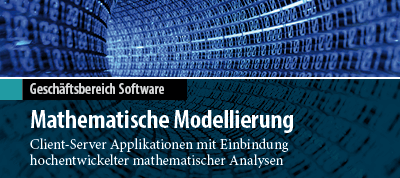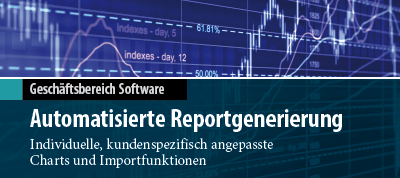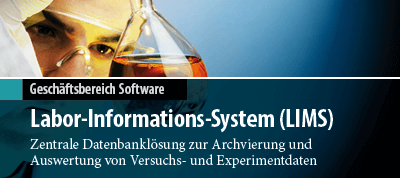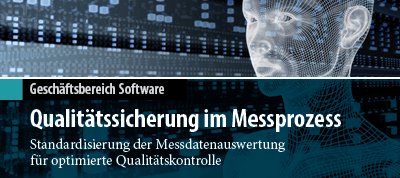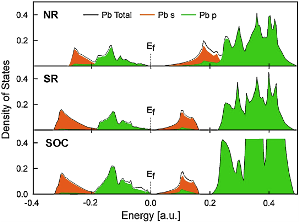BAND
Periodic DFT for nanotubes, surfaces, and bulk
The Amsterdam Density Functional Band-structure program - BAND - can be used for calculations on periodic systems, i.e. polymers, slabs and crystals, and is supplemental to the molecular ADF program for non-periodic systems. It employs density functional theory in the Kohn-Sham approach. BAND is very similar to ADF in the chosen algorithms, although important differences remain. Like ADF, BAND makes use of atomic orbitals, it can handle elements throughout the periodic table, and has several analysis options available. Unlike ADF, BAND can use numerical atomic orbitals, so that the core is described very accurately. Because of the numerical orbitals BAND can calculate accurate total energies. Furthermore it can handle basis functions for arbitrary l-values.
Why use BAND instead of a plane wave code?
- make life easy: build and visualize with the same GUI
- cluster & periodic systems with same orbitals and density integration
- treat all electrons, including core-hole states (NEXAFS)
- surfaces are true 2D, nanotubes are true 1D
- relativistic effects treated efficiently and accurately (ZORA)
- homogeneous electric fields
- continuum solvation with COSMO
- calculate many spectra, orbitals & density properties
Selected features
- Spectroscopy: EPR (g & A tensors), EFG, Q-tensor, EELS
- Analysis: (p)DOS, orbitals, band structures including fat bands, COOP, QT-AIM, ELF, bonding analysis: periodic energy decomposition
- Lattice optimization, phonons
- Metal dielectric functions: TD-CDFT polarization functional for optical response
- latest functionals: Grimme D3, D3(BJ) dispersion, Truhlar mGGAs & NGAs
- Latest functionals, e.g. -D3(BJ), SCAN, MVS, MN15L








